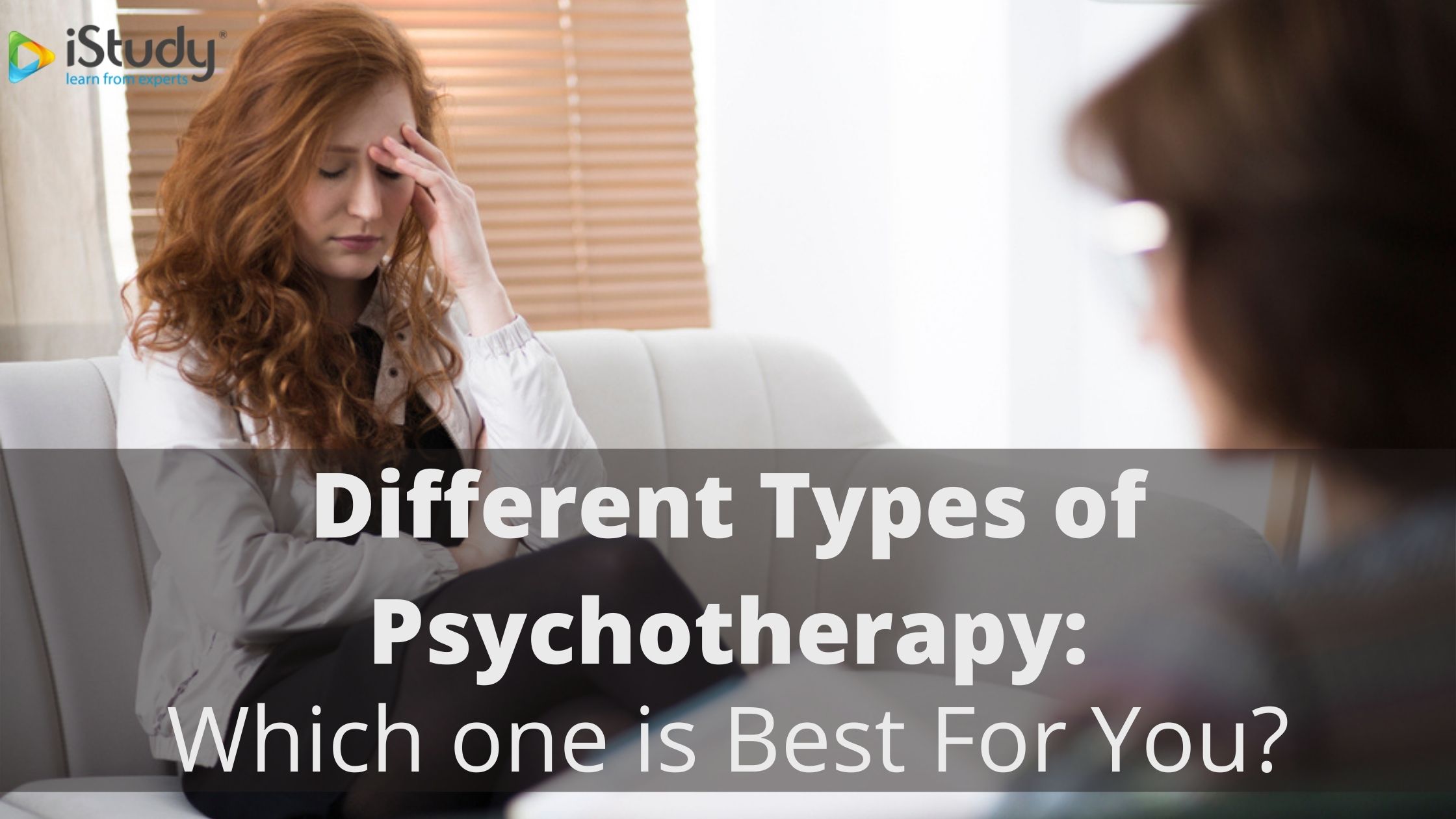
Mental health issues are on the rise. Experts believe that an average teenager of today’s era has similar stress levels as mental asylum patients decades ago. Between the period 1993-2014, The number of people with common mental health problems went up by 20%. This keeps running even today. Self-harm and suicide rates are also increasing. In fact, they are kind of common issues these days. Increase in mental health issues demanded an increase in treatments as well. The most common treatment is Psychotherapy. But as there are multiple branches for psychotherapy, you will need to understand which one is most suitable for you. Keep reading to know about different types of psychotherapy.
What is psychotherapy?
The definition of Psychotherapy as described in the Cambridge Dictionary is as follows:-
The treatment of mental illness by discussing someone’s problems with them, instead of using drugs or operations.
In other words, you can define Psychotherapy as The treatment of a behaviour disorder, mental illness, or any other condition by psychological means.
Types of Psychotherapy
There are many branches of Psychotherapy. Many of them are related to each other, or sometimes, one is part of another. As there is quite a number, it’s essential for you to know which one you truly need.
Here are some of the major Psychotherapy examples:-
Art therapy is a type of psychotherapy that makes use of art media as its main mode of expression and communication. Within this context, art is not used as a diagnostic tool, instead, as a medium to tackle emotional troubles which may be complicated and distressing. As a therapist, you will have clients of different ages; from children to elderly. You will provide the therapy either in a group session or individual.1. Art Therapy
Art therapy can be used to assist people to enhance cognitive and sensory-motor function, self-esteem, self-awareness, emotional resilience. It may also help in resolving conflicts and decrease distress.
You will provide Art therapy in the following ways:-
Behavioural therapy is a blanket term for kinds of therapy that treat mental health disorders. This form of therapy seeks to discover and can assist to change potentially self-destructive or unhealthy behaviours. It functions on the concept that all behaviours are learned and that unhealthy behaviour can be modified. This therapy usually focuses on current problems rather than past ones. It also helps you find solutions to your current problems. There are few therapies that fall under Behavioural Therapy. They are as following:-2. Behavioural Therapy
People who seek this therapy usually suffer from panic disorder, anxiety, depression & anger issues.
Existential therapy is a special structure of psychotherapy that appears to discover difficulties from a philosophical perspective. Focusing on the human condition as a whole, existential therapy highlights your capacities and encourages you to take responsibility for your successes. As an Existential therapist, you will make your clients believe that life has no essential (given) meaning. And that they have to make your own sense of the world. You can help them confront their anxieties and negative thoughts, enabling them to make decisions about how to live life and deal with life problems in their own way.3. Existential Therapy
Family therapy is a branch of psychotherapy that works with families and couples to nurture change and development. It tends to view change in terms of the systems of interaction between family members. Other names for this therapy are: Rather than problems of a single person in a family, you will look at the problems that more than one member of the family have. Family members will express their feelings, try to understand each other & appreciate them. You will help them overcome their shared problem, find solutions & wisdom that will become their strength. 4. Family Therapy
Some counselling & techniques you will use in your therapies are as follows:
Gestalt is a German word meaning ‘whole’ or ‘sum of all parts’. It is the symbolic configuration or pattern of elements that make up the whole. The therapy looks at a personal as a whole, and within their surroundings, rather than breaking things into parts. It is a humanistic, holistic, person-centred form of psychotherapy that is focused on an individual’s present life and challenges rather than delving into experiences.5. Gestalt Therapy
Diploma in Graphics Design
👉 1 - to - 1 Mentoring
👉 Full Tutor Support
👉 8 Interactive Live Classes
👉 Chance to Win Chromebook
👉 3 CPD Accredited Course Free
Diploma in Graphics Design
👉 1 - to - 1 Mentoring
👉 Full Tutor Support
👉 8 Interactive Live Classes
👉 Chance to Win Chromebook
👉 3 CPD Accredited Course Free
6. Humanistic Therapy
Humanistic therapy is a mental health method that emphasizes the significance of being your proper self in order to lead the most pleasant life.
It’s primarily based on the concept that each person has their own special way of looking at the world. This view can have an effect on your options and actions.
The primary focus of this therapy is, it focuses on your client’s self-development as well as their relationship to others.
You will provide this therapy in a range of people. From a single person to a couple, to people of an organization etc.
7. Jungian Therapy
Jungian therapy sometimes referred to as Jungian analysis, is an in-depth, analytical type of speech therapy designed to bring together the conscious and unconscious components of the mind to help an individual feel balanced and whole.
This therapy is beneficial for clients who are experiencing mental or emotional issues such as trauma, anxiety, depression etc. You will help your clients to get a better and deeper understanding of themselves. It will also be beneficial for them to develop new skills & behaviours to manage their hardship more effectively.
8. Neuro-linguistic Programming
Neuro-linguistic programming (NLP) is a pseudoscientific approach to communication, personal development, and psychotherapy. It was created by Richard Bandler and John Grinder in California, US, in the 70s of the last century.
NLP’s creators believe that there is a connection between neurological processes (Neuro-) & language (linguistic) learned through experience (programming). And we can do these to achieve specific goals in life.
NLP combines cognitive behavioural and humanistic treatments with hypnotherapy. It works on the idea that life experiences, since birth, programme the way a person sees the world. You will assist clients to find out how they have learnt to assume or sense so that they can take control of their actions. You will additionally look at their successes, so they can use these to strengthen further profitable skills and behaviours.
NLP therapy explores the questioning patterns, beliefs, values and experiences behind issues or goals. It allows human beings to make applicable changes to reorganise their world accordingly. This reduces limiting beliefs and decisions, overcomes stuck emotional and behavioural states and generates resources, by means of extending a person’s current skill base. This offers an individual a feeling of having greater control and, therefore, an increased potential to create the lifestyles they desire.
9. Person-centred Therapy
Person-centred therapy is a form of psychotherapy developed by psychologist Carl Rogers between 1940 and 1980. It is also referred to as person-centred psychotherapy, person-centred counselling, client-centred therapy and Rogerian psychotherapy. It is based on the theme that each person has the potential and desire for personal growth and change, given the proper conditions. Rather than being considered as the specialist and directing the therapy, you will present unconditional wonderful regard, empathy and congruence to help your clients. So they can come to terms with any negative emotions and to change and develop in their unique way.
10. Psychodynamic Psychotherapy
The psychodynamic approach comes from psychoanalysis. It stresses the importance of the unconscious and experience in shaping current behaviour. As a therapist, you will aim to create an accepting and trusting relationship, encouraging your clients to speak about their childhood relationships with their parents and other significant people. It also uses similar techniques to psychotherapy, including free association, interpretation and particularly transference, where feelings they experienced in previous significant relationships are projected onto you.
The first focus is to reveal the unconscious content of a client’s psyche in an attempt to alleviate psychic tension. You will endeavour to keep your own personality out of the image, in essence becoming a blank canvas onto which the client can transfer and project deep feelings about themselves, parents and other significant players in their life. You will remain focused on the dynamics between you and your client.
Closing notes
Now that you have learned about types of Psychotherapy, you might as well want to learn something about being a psychotherapist. Check out the course from istudy to know the basics to become a psychotherapist. You will know how to provide therapy to children, couples or families.
 All Courses
All Courses Personal Development
Personal Development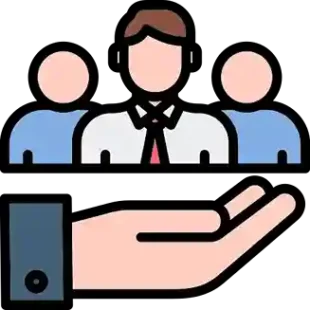 Employability
Employability Business
Business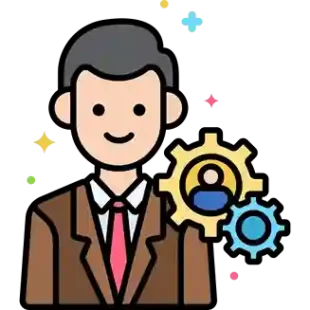 Management
Management Sports, Nutrition & Fitness
Sports, Nutrition & Fitness Microsoft Office
Microsoft Office Marketing
Marketing Health & Safety
Health & Safety Nursing & Care
Nursing & Care HR and Leadership
HR and Leadership Software
Software Language
Language Counselling and Therapy
Counselling and Therapy Teaching and Education
Teaching and Education QLS Endorsed
QLS Endorsed Accounting & Finance
Accounting & Finance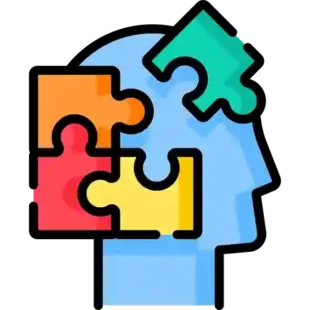 Psychology
Psychology Teacher Training
Teacher Training Excel
Excel IT
IT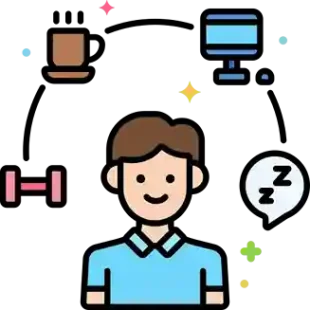 Lifestyle
Lifestyle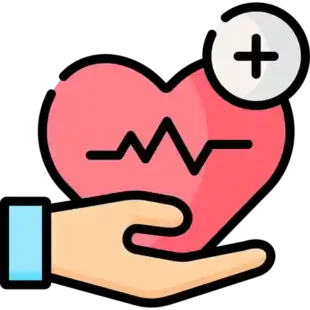 Health and Care
Health and Care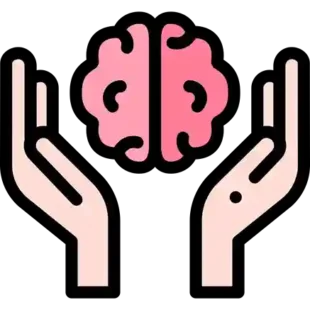 Physical & Mental Health
Physical & Mental Health Photography
Photography Makeup and Beauty
Makeup and Beauty Powerpoint
Powerpoint Digital Marketing
Digital Marketing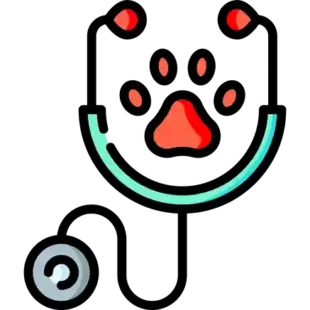 Animal Care
Animal Care Development
Development Bundles
Bundles Networking & Design
Networking & Design Health & Fitness
Health & Fitness Teaching & Special Education
Teaching & Special Education Leadership & Management
Leadership & Management







5 responses on "Different Types of Psychotherapy: Which one is Best For You?"